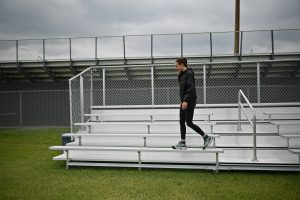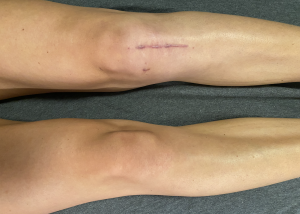Q&A with Jian Soares – Canada Snowboard Senior Physiotherapist 🏂
Practical tips and important takeaways for ACLR patients and athletes returning to the snow!
Jian is based in Whistler, BC and was kind enough to give us these athlete and clinician examples to learn from. Have a read of the Q&A from this snowboarder/ physio/ adventurer!
Find him at @thealpinephysio on IG.
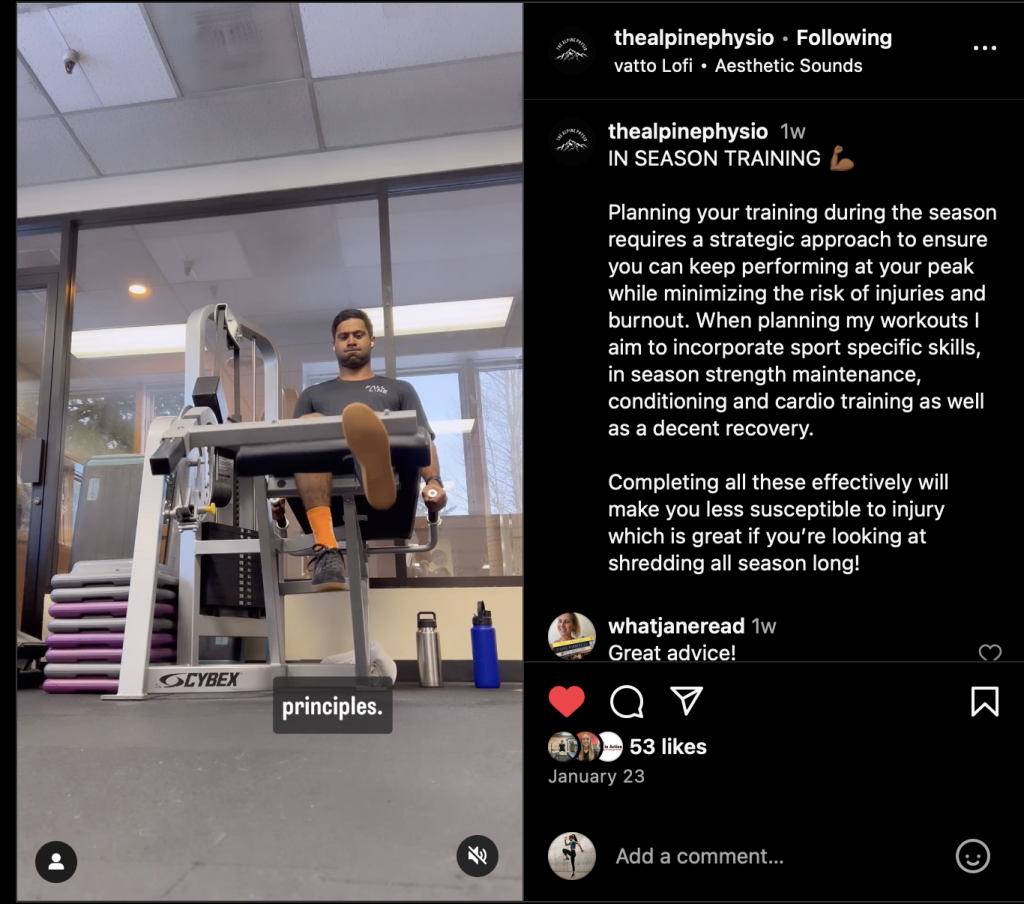
What are 1-2 key differences between snow and field athletes in mid stage rehab and/or end stage rehab?
I think the main difference here is the challenge of getting sports specific training on the gym floor for ski and snowboard athletes. With field based athletes you can fairly easily replicate the demands of the sport by training on relevant surfaces (ie. grass field, turf, indoor court), game play scenarios and the introduction to ‘chaos’ which is the unplanned, reactive style challenges an athlete may encounter during a game or training.
We do have options with trampoline training, jib boards and the skicosmos (Vancouver) which is a virtual ski simulator aiming to replicate on snow demands. While we can get valuable feedback and load simulation with these modalities they come a little short of replicating the nuances of being ‘on snow’.
The environment also plays a huge part into snow sports and snow conditions can change hourly which force the athlete to continually modify their riding technique. Changing snow conditions mean a change in speed and grip of the snow which is extremely difficult to replicate in the gym setting.
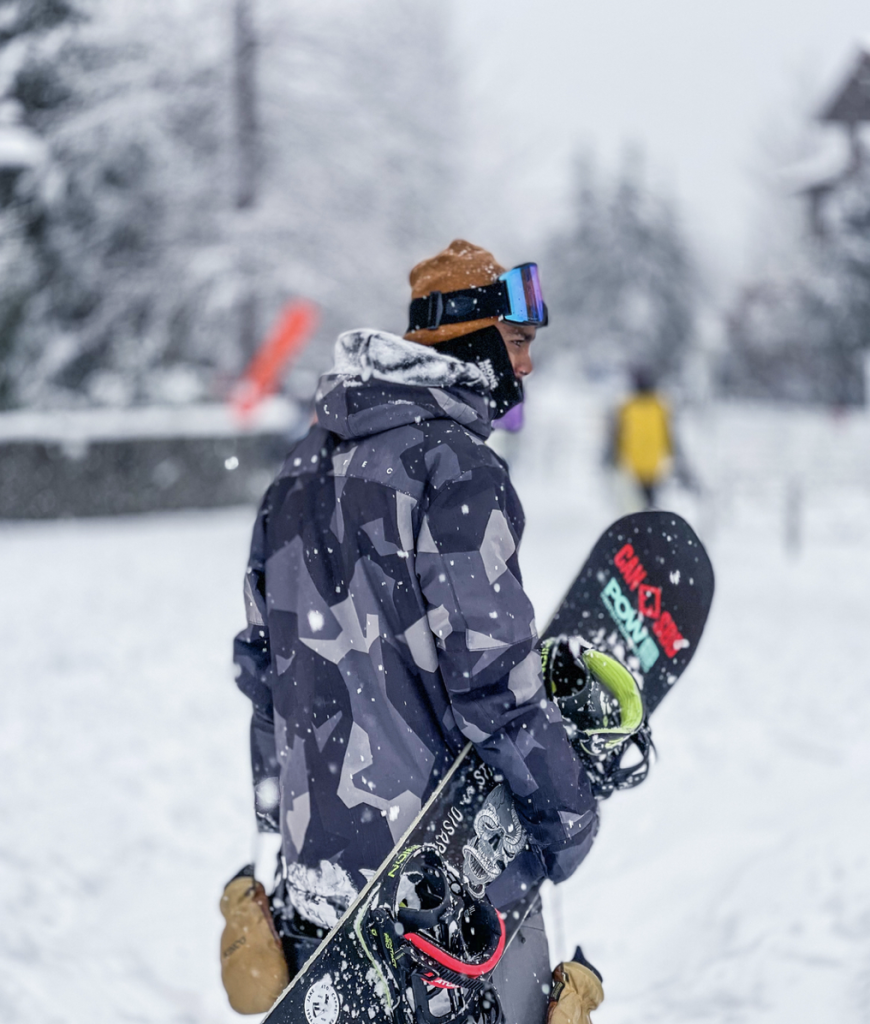
What is a technique/strategy you use to return-to-sport gradually with snow sports?
ELITE ATHLETES:
Our return to snow process, for our elite level athletes, is curated by a team of professionals including technical coaches, S&C and physios as well as mental performance staff. This includes a graded return to riding gradually increasing the technical aspects of the sport ie. speed, jumps, rails, spins and inversions.
RECREATIONAL ATHLETES:
For the recreational athlete that doesn’t have access to a full team approach, I usually give individualised guidelines for on snow progression given the athletes experience level, confidence and predicted snow conditions over a few weeks.
How do you manage the mental aspect when athletes are back on the hill for the first time?
It’s important to reflect back on our objective testing with the athlete when addressing the mental demands of returning to the hill. As with many athletes, the fear of re-rupture after doing a comprehensive RTS in the gym is usually at the forefront of the athletes’ mind. The hill can be a dangerous place with other skiers/boarders, snow conditions, visibility etc.
PHYSICAL TESTING:
Whilst we cannot accurately predict the chance of a re-rupture, we minimise the risk by doing a comprehensive battery of tests including jump and hop testing, strength testing, force plate testing and confidence questionnaires. If the athlete manages to pass all of these tests we can objectively prove we are returning them to the hill with the lowest possible risk of re-injury.
PSYCHOLOGICAL READINESS:
Promoting mental tasks such as visualisation (picturing yourself skiing your favourite run from top to bottom focussing on sensations you would expect to feel on the hill) can be an added confidence booster and mental preparer. Risk is inherent in the sport unfortunately, but given current psychological readiness research in the field and stronger technology we are much better suited to make an educated decision to safely return the athlete to the hill than ever.
Do you have any tips for feeling ready and warmed up before a run (after having to sit on the cold chairlift for example)?
As with any sport, a dynamic warm up of your key muscle groups is paramount prior to getting out there in the cold. Wearing enough layers to keep your torso, legs and extremities cozy is essential; this will protect you from the elements when on the chair.
When the ‘going is good’ its hard not to shoot for that perfect line or your favourite pow stash but if you can control yourself (sometimes I fall victim to this too), then aim to do a couple of warm up laps on easier groomed terrain to fire up the neuromuscular connection between brain and muscle to get you moving more effectively and get your muscles firing.
In terms of the elite athletes you treat, what is your favorite part of treating that population?
I am first and foremost a snowboarder. I grew up watching snowboard movies and I’d be glued to the tv during X-games and the Winter Olympics. The fact that I now get to work in that industry and contribute in some small way to the progression of the sport and making our athletes strive to push the envelope of what our sport can be is hands down my favourite part.

What is the most difficult part?
Honestly, the most difficult part for me is switching off. To make our athletes the best they can be means I need to be the best I can be. This means always being up to date on current literature, communicating effectively with our team and athletes and keeping myself mentally and physically healthy to give my best self to them. Sometimes its hard to find the balance between giving your all and taking time to prioritise your own needs in the chaos that is elite sport. This is by no means a complaint as these challenges have helped me develop the skills to be a better physio and Canada Snowboard team member.
Key takeaways:
ACLR is a constantly evolving speciality field of rehabilitation. It takes years of training to ‘perfect’ the process of a successful return to sport after ACLR and even then we are frequently updating our approach. Anyone going through this rehab knows it can be mentally and physically draining. Surround yourself with evidence based practitioners and supports to make sure you get back to your sport safely and confidently.
BONUS QUESTION
Jian answered this through instagram after we got a few questions about return to snow – when you’re getting back on the hill after skiing, how tight should the bindings be?


Where to find Jian for your snow sports needs ↴
ACL online rehabilitation sessions
WHISTLER In-Person Physiotherapy
SQUAMISH In-Person Physiotherapy
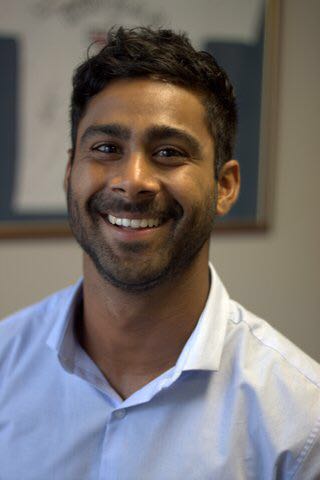
Jian Soares
Musculoskeletal Physiotherapist, FCAMPT
Bsc (Physiotherapy), Msc (Musculoskeletal Physiotherapy)
Back in Action Physiotherapy Whistler / Fall Line Fitness Squamish
Senior Physiotherapist Snowboard Canada (freestyle)
Global Specialist Physiotherapy Consultant
@thealpinephysio
